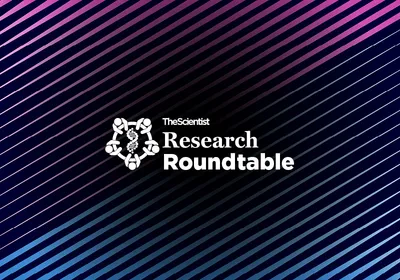ABOVE: A mockup of the at-home test currently under development by Mammoth Biosciences and GlaxoSmithKline
MAMMOTH BIOSCIENCES
In late January, as the COVID-19 pandemic was gaining steam, Charles Chiu, a researcher at the University of California, San Francisco, reached out to colleagues at San Francisco–based biotech Mammoth Biosciences. Chiu’s group and the team at Mammoth had already collaborated on developing a CRISPR-based diagnostic test for Lyme disease, which they thought would easily translate to SARS-CoV-2 detection, he says.
“The CRISPR system allows you to target pathogens very precisely,” Chiu, who is part of Mammoth’s scientific advisory board, tells The Scientist. “Within two to three weeks, we were able to go from just designing the assay to actually getting it to work and demonstrating that we can use it to rapidly identify or potentially diagnose SARS-CoV-2 from clinical samples.”
The gold standard for detecting a virus such as SARS-CoV-2 is reverse transcription ...



















